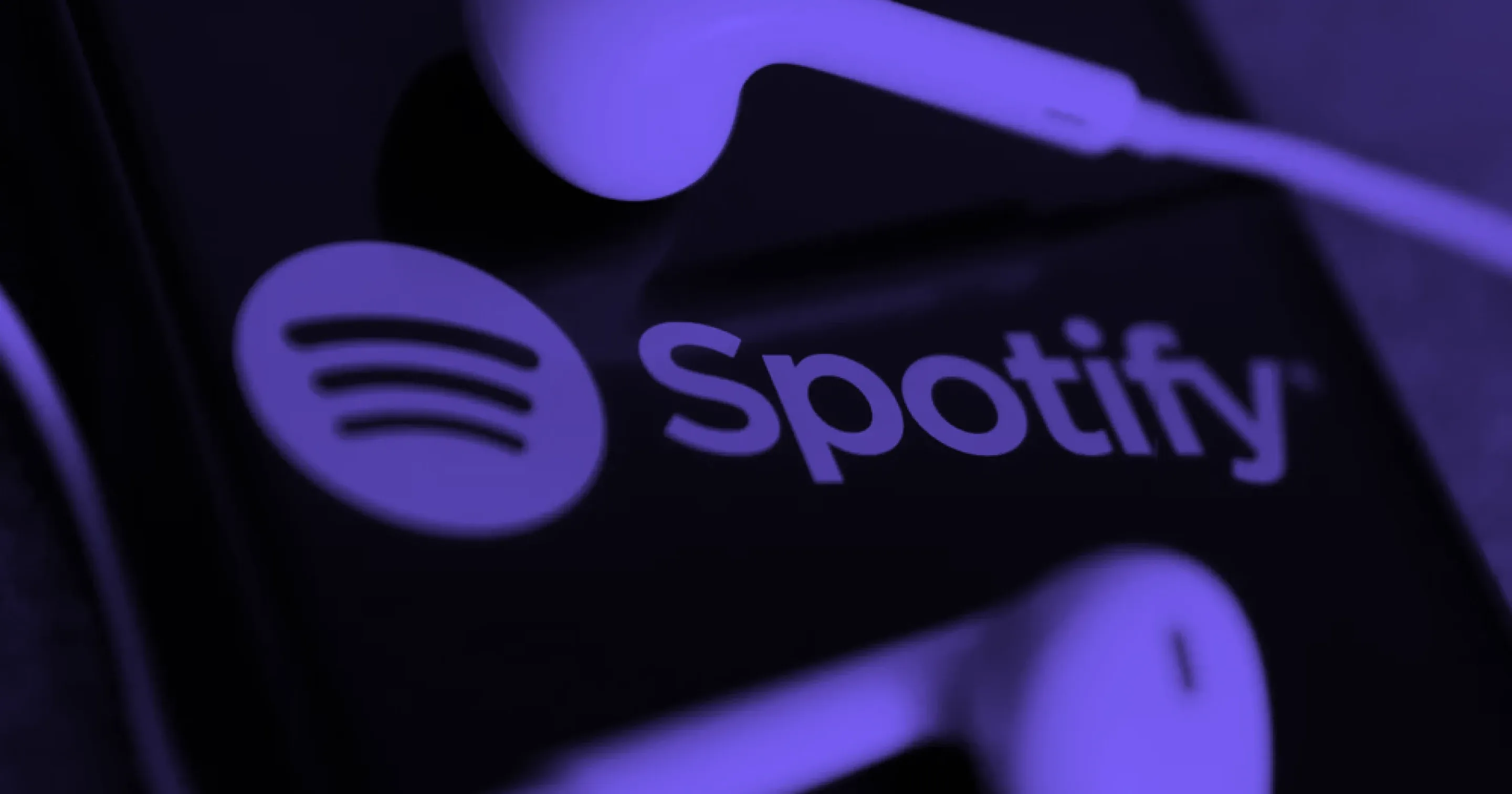
Why Spotify's Popularity Index Matters to You, the Musician
Understand the Spotify Popularity Index and why it matters for musicians. Learn how this metric reveals your music's traction and how to leverage it for strategic marketing.
Introduction
In today's digital music landscape, Spotify isn't just a place where fans listen to music; it's an arena for your career. Understanding how it works, beyond just uploading your tracks, is crucial. And one of the most insightful (though often unseen) metrics on the platform is the Spotify Popularity Index.
Think of it as your real-time pulse check on Spotify – a dynamic score that tells you how much traction your music, or a specific track, is getting right now.
This article is your deep dive into this essential tool. We'll explain the popularity score and how to leverage it in your marketing efforts. The popularity score is a tool to gain a strategic edge in your musical journey.
Leverage the expertise of Musiversal's marketing professionals to create a comprehensive marketing plan for your upcoming music and brand development.
What is the Spotify Popularity Index: What It Tells You
Your Spotify Popularity Index is a score between 0 and 100 that Spotify assigns to your artist profile and tracks. It's a constantly changing and evolving indicator of your current traction with Spotify's user base.
How is the Popularity Index Calculated?
Spotify keeps the exact formula for calculating your score under wraps. Even though Spotify keeps this a secret, experts have figured out what seems to work and what appears to directly affect the score.
Where to Find It (and Why You Should Look):
Musicstax is a free tool that identifies key metrics for analyzing and understanding your music's performance.
Artist Level: Here, you can see your monthly listener count, followers, and Spotify popularity score. The popularity score reflects the overall current interest in your entire catalog. Think of it as a health score for your presence on Spotify. A consistently high score signals strong overall engagement.
Track Level: Looking into individual songs allows you to monitor their performance and identify which ones are gaining the most attention.
Next, we’ll look at how you can interpret these numbers.
What The Numbers Mean for Your Music:
It’s essential to maintain a good reference point for all these numbers. As shown below, “Espresso” by Sabrina Carpenter got a 90% popularity score. Since its release, it has been one of the most popular songs worldwide.
We also see that a famous metal band like Trivium has an artist popularity score of 63%.
Before understanding your score, research and ensure you have solid reference points. Depending on where you are in your music career, an initial goal for your score could be to get a specific song to a 15-20% score.
Alternatively, you can create a marketing strategy to keep a song at ~ 25% to make it eligible for playlists.
Seeing your numbers improve or decline can be a helpful indicator of the direction you should take next in your marketing efforts.
How is the Spotify Popularity Index Calculated?
The exact formula for the Spotify popularity calculation is under wraps, locked in the computers of the Spotify headquarters. However, as a musician, understanding the likely factors can help you strategize effectively:
Why This Matters to Your Music Career
Tracking your Spotify Popularity Index allows you to evaluate your performance strategically.
What the Score Doesn't Tell You
It's crucial to remember that the Spotify Popularity Index isn't the be-all and end-all. It has limitations:
Following their selection to represent Sweden in Eurovision 2025, KAJ has experienced a rapid surge in Spotify popularity, as seen in the image below. This is a crucial window for targeted song marketing to leverage this momentum, likely to decrease significantly after the competition.
Whether your next song enters a global competition or not, any significant gain in popularity reveals what aspects of your music attract audiences, and you should capitalize on that as much as possible.
With Musiversal Unlimited, you can book sessions with Musiversal’s graphic designers and short-form video editors who will create cover designs and short-form videos for streaming platforms and social media. Simply share your song and content idea, and they’ll deliver it perfectly formatted within 72 hours.
Leveraging the Index for Your Growth
While you can't directly manipulate the popularity index, understanding how it likely works empowers you to make informed decisions about your music and promotion. Focus on creating great music, engaging with your fans, strategically releasing new material, and actively pitching to playlists. Focusing on these fundamentals will naturally increase your chances of seeing a positive trend in your Spotify rating.
Think of the Popularity Index as a valuable piece of the puzzle in understanding your performance on the platform. By paying attention to it, alongside other metrics like listener demographics and engagement data, you can gain a clearer picture of your audience, your music's impact, and how to navigate the ever-evolving landscape of digital music.
Release Your Music with Expert Guidance from Musiversal
Musiversal is more than just a collaborative environment to record your music. We offer professional marketing advice sessions to strategize your music release. Learn how to develop effective pre- and post-launch content strategies and get advice on playlist pitching.
Leverage the Spotify popularity index to identify potential lead singles from your new album and analyze the impact of past marketing efforts.
Your Music, No Limits.
Join the Waitlist